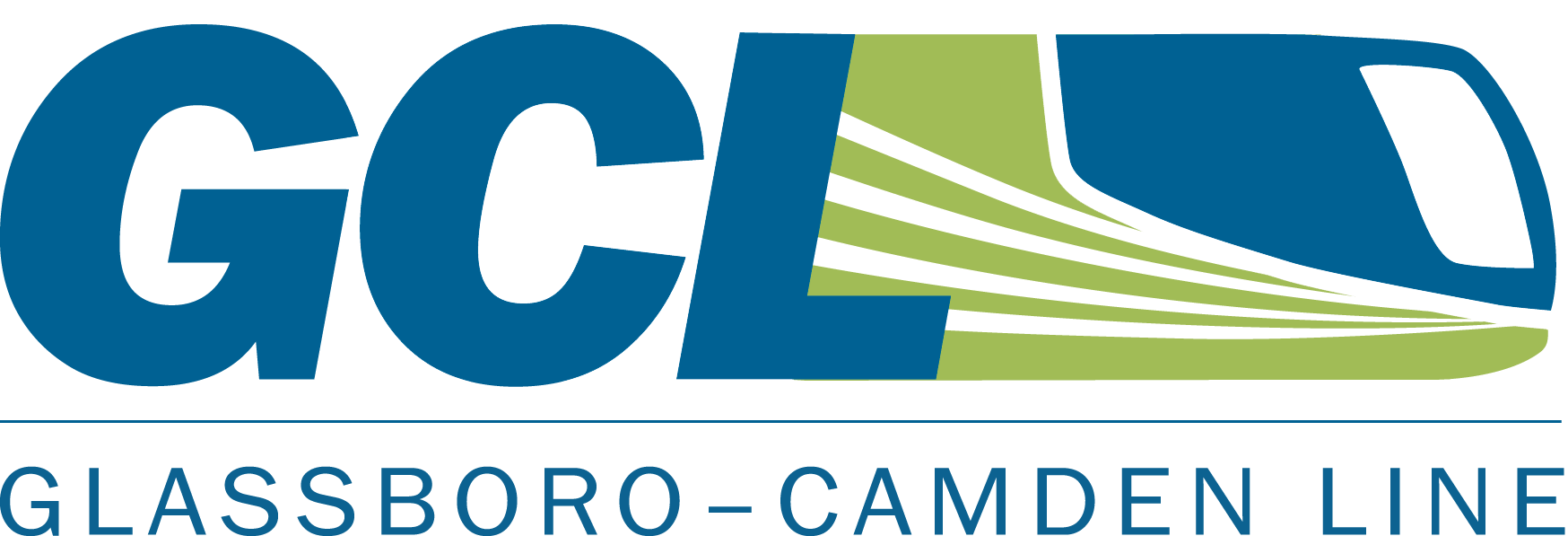The concept of providing improved passenger rail access to Southern New Jersey dates back to the 1930s.

Project Timeline
In 2003, the Delaware River Port Authority (DRPA) authorized the first phase of the GCL project: the Southern New Jersey to Philadelphia Transit Study. This feasibility study was completed in 2005 and delivered a short list of recommendations for improving service in the corridor.
Those recommendations formed the basis for the Southern New Jersey to Philadelphia Mass Transit Expansion Alternative Analysis, conducted from 2007 to 2009. This study examined five potential transit alternatives for the region and evaluated these against numerous quantitative and qualitative criteria. As a result of a comprehensive analysis of these alternatives, the light rail alternative from Glassboro to Camden, located along and primarily within the existing Conrail railroad right-of-way, was chosen as the alternative preferred by local communities.
During the next planning phase, the Project Team, in coordination with NJ TRANSIT and the Delaware River Port Authority, prepared an environmental impact statement (EIS) in compliance with the New Jersey EO215 process. The final GCL EIS statement is available here.
Before diving into the engineering specifics of the Glassboro-Camden Line (GCL), the EIS phase meticulously assessed the project’s environmental footprint. This involved evaluating impacts on air, noise, water, wildlife, and historical sites. Public meetings and hearings ensured resident and stakeholder voices were heard, and the project team addressed these concerns alongside regulations set by environmental agencies. This comprehensive approach ensured the GCL’s design would minimize environmental harm while considering public input. Click here to read the EIS Report.
In October 2022, the GCL project advanced to the preliminary engineering design phase. This effort — led by the Delaware River Port Authority, the South Jersey Transportation Authority (SJTA), and NJ TRANSIT — is expected to take approximately three years. During this phase, the Project Team will prepare preliminary engineering design documents, investigate right-of-way acquisitions and easements, and perform utility investigation and relocation. Final deliverables at the end of this phase will include Design/Build/Operate/Maintain/Finance (DBOM-[F]) contract documents.
Project Phases
Today
Upcoming Phases
Feasibility Study

Alternatives Analysis Study

Environmental Impact Statement

Preliminary Engineering Design

Design Build

Rail Service Starts

Project Phases
Feasibility Study

Alternatives Analysis Study

Environmental Impact Statement

Today
Preliminary Engineering Design

Upcoming Phases
Design Build

Rail Service Starts

A Timeline of the PED Phase: October 2022 to present
1. Defined the Project Goals and Scope:
2. Data Collection and Site Investigations:
3. Developing Design Concepts:
4. Evaluating and Refining Design Options:
5. Developing Engineering Drawings for the Alignment to fit Existing Conditions:
6. Project Schedule and Cost Estimation:
7. Refining and Finalizing the Preliminary Design:
Overall Importance of the PED Phase:
The PED phase is crucial for the GCL project, laying the foundation for everything that follows. It allows for early problem identification and course correction, ensuring efficient use of resources. Targeted outreach efforts conducted during this phase with local officials and stakeholders will pave the way for future public outreach efforts and project transparency. Community involvement and support continues to be important in shaping the GCL’s future – stay tuned for meeting announcements in the future.
Following the PED phase, a two-to-three-year design-bid-build process, including final design, vehicle procurement, and construction, is anticipated. Passenger rail service for the GCL is estimated to begin in 2028.
